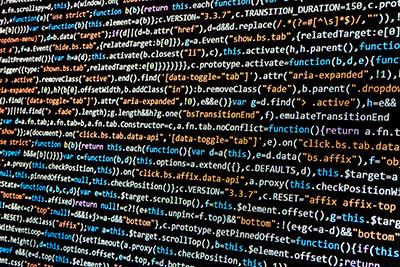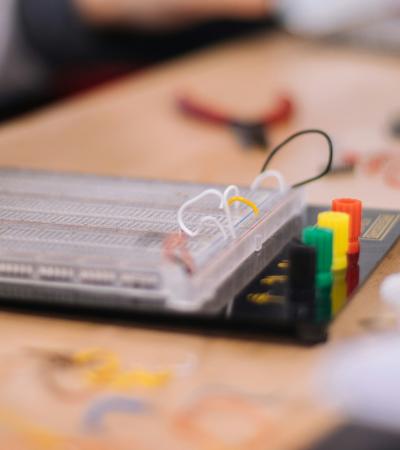Question: When do you go “un-tech” when you want to go high-tech?
Answer: When you’re creating a coding program for kids.
That was the strategy Assistant Branch Manager Claire Rust applied when she designed the Beginning Coding Concepts program for kids at the Mid-Continent Public Library Blue Springs South Branch. Instead of building the program around computers, Rust opted for manipulatives and tabletop games to introduce the concepts behind computer program coding.

Why go "un-tech"?
Rust said there are several reasons she decided to go un-tech with the program. First, she wasn’t sure what ages and skill levels the program would attract. Second, she didn’t know if she wanted to go to the effort of bringing in additional computers for the program without knowing her audience. Last, she wasn’t sure enough of her own level of comfort and knowledge when it came to coding languages like Scratch.
“I figured I could do a hands-on program and then could transition to other types of programs later,” said Rust, who was targeting kids 7- to 9-years-old. “Start a little lower and then build up.”
Rust got the idea to create the program from the new kids coding books circulating through the library, as well as the popularity of the branch’s STEM-related building programs such as LEGO Night, Marble Run Mania, Shoebox Cities and Rubber Band Racecars.
“Hands-on stuff goes over well here,” she said.
Rust also suspected the hands-on approach to coding would be in balance with parents’ desire for their kids to learn STEM concepts, without the added screen time.
Keeping it hands-on
Rust started the program by talking about code in general, covering a few of the coding languages the kids might have heard of, such as Morse code, as well as others they might not have considered, like street signs and sheet music.
Then she talked about binary code and illustrated it by having kids make binary code bracelets of their names using three colors of pony beads arranged in different patterns for each letter and spaces.
Rust then led the group through two tabletop coding games. One of the games used checkerboards and a deck of equation cards with x and y coordinates. The kids took turns drawing cards and moving their player pieces along the grid.
Future plans
Rust said creating a program that fits the audience is difficult. Depending on their age and interest, she found many older kids are already coding on computers, while younger ones hadn't yet been exposed to the concepts and may not be ready to grasp them. She hopes to try the program again and target those in the middle who are ready for an introduction.
One change will be offering a life-sized version of the tabletop games where players will use code to move fellow players across a grid marked out on the floor.
“Kids are so kinetic at that age,” Rust said. “(Physically moving in the game) really helps them get it.”



